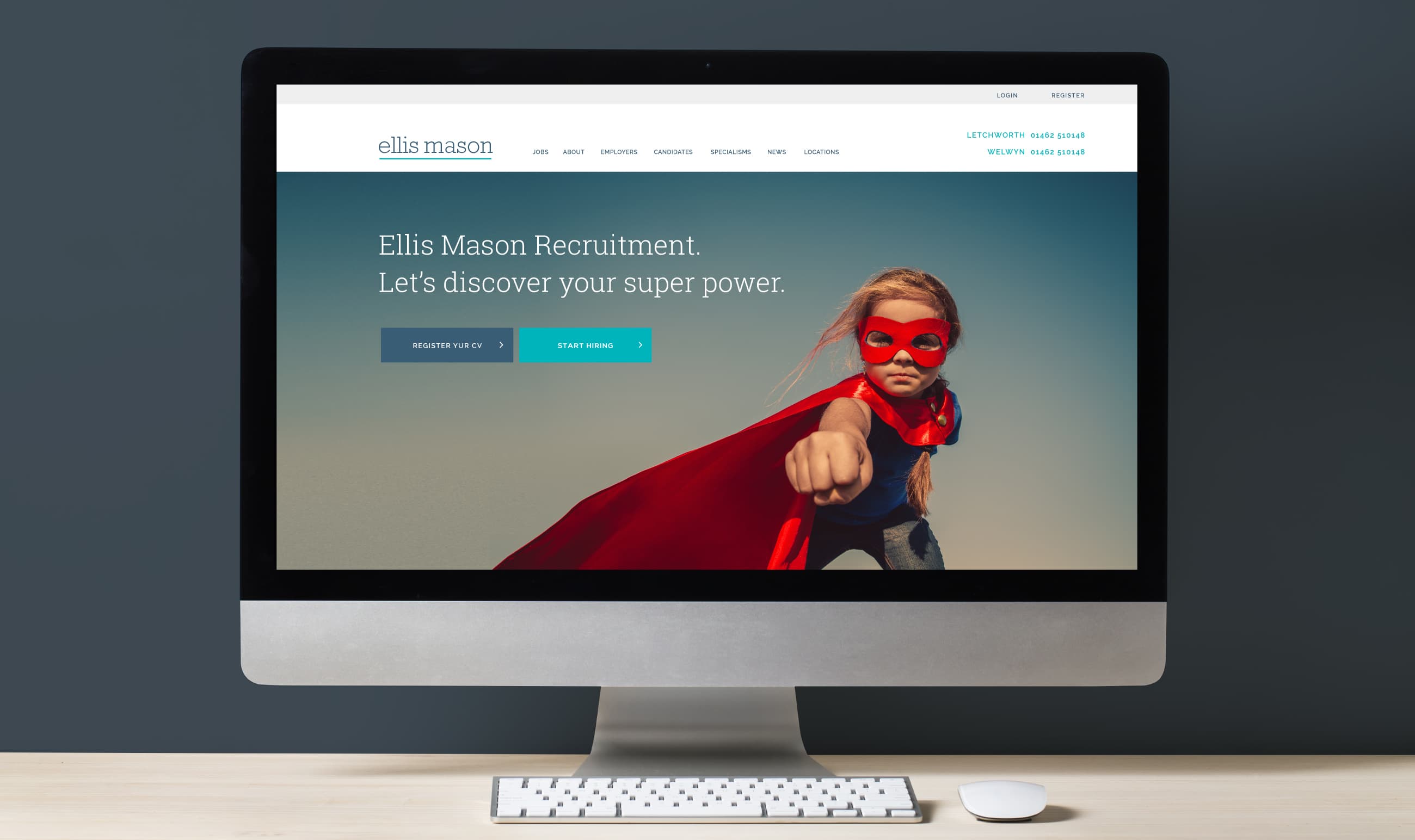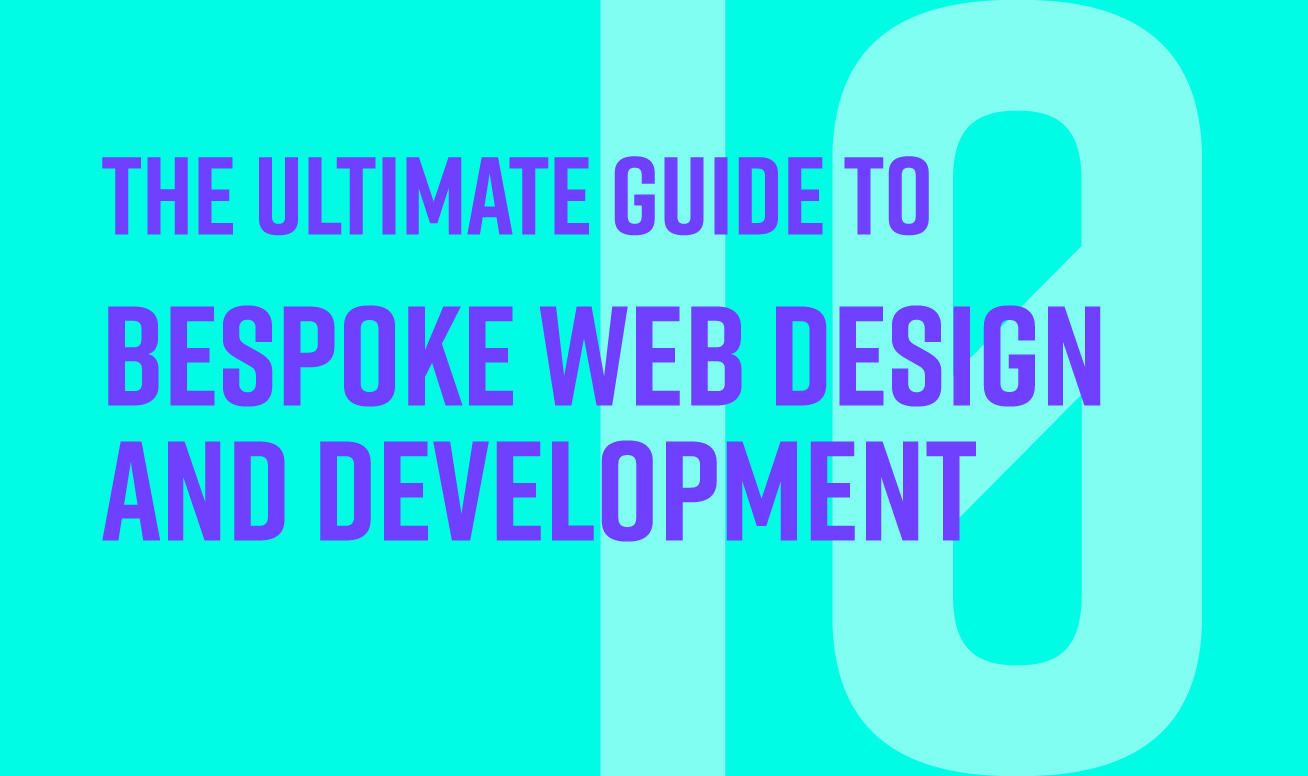The Ultimate Guide to Digital Design
table of contents
2.0 Optimising for digital design
2.1 UX and UI
2.2 Adaptability
2.3 Screen formats
2.4 Readability and accessibility
The ever-evolving digital design arena is a vital asset for helping you stand out in an increasingly crowded business landscape. Now, more than ever, grasping the attention of prospective clients and customers requires originality, innovation, and staying ahead of the curve.
There is often the temptation to assume that digital designers merely design graphics, but this barely scratches the surface. Indeed, it’s a complex field with many overlapping and intersecting disciplines, all of which must work in harmony to create designs that will grab the viewer and confidently say, “look at me!”.
Not only this, but its position within the digital world means that innovation is never-ending, and designers must always stay abreast of the latest principles, techniques, and technologies. At union10, we embrace the challenges of today’s digital landscape and craft solutions that are at once innovative and on-brand, helping you stand out from the crowd.
So, what exactly is digital design, how does it differ from graphic design, and what are some of the different forms it takes? In this article, we’ll cover this and so much more. So, let’s get right to it.
What is digital design?
To cut through the noise of the complex digital design field, we can answer this question in one brief sentence: digital design is the visual presentation of any form of content via a digital interface, aka a screen. This screen can take the form of a TV, mobile phone, tablet, or PC.
And while digital design can be easily defined for expediency, it’s an umbrella term that encompasses a raft of different design types, including UX (User Experience), UI (User Interface), social media assets, animations, web design, and much more. This article will cover many of these areas, with the notable exception of web design; this is covered in much more detail in the ultimate guide to bespoke web design and development.
How does digital design differ from graphic design?
While the two terms are often conflated and used interchangeably, digital design and graphic design are two separate disciplines. Simply put, graphic design is almost always intended for traditional print media such as book covers, magazines, and print ads. While graphic designers also design imagery for online consumption, their primary focus is always on specific graphics.
Conversely, digital designers exclusively create work for the screen and often construct an entire digital interface through their work. For the digital designer, the needs and habits of the user are key, and a huge emphasis is placed on interactivity. Digital designers create assets such as infographics, graphics, video ads, and other forms of digital content.
However, that is not to say these two fields aren’t closely related. Indeed, many graphic designers work in digital design, and vice-versa. Furthermore, both traditional graphic design and digital design require a firm understanding of the same principles such as layout, colour, and the use of programmes such as adobe xd and photoshop. And, of course, both designers create their work digitally.
The importance of digital design for businesses
Since the turn of the millennium, the way we live and interact with the world has completely changed and continues to do so. More and more, peoples’ lives are lived out in the digital sphere, and this shows no signs of stopping. The same can be said for the marketing and business worlds too. While we used to speak of digital marketing as an offshoot of marketing, it’s now the most important tool in your commercial arsenal.
Nowadays, people consume most of their data through their screens, whether on their mobile, laptop, or tablet. This means that a digital (and online) presence is not only useful…it is essential!
And with users consuming an ever-increasing number of digital materials daily, it has never been more important to develop content that is creative, targeted, innovative, and on-brand. Only by taking digital design seriously can you hope to improve your business’ performance and extend your digital reach. And because it exists in the digital sphere, you will see real change that is backed up by analytical tools.
Optimising for digital design
Creative digital design is so much more than simply creating something which looks great. Sure, this is a key component, but if your content is not optimised, your performance will suffer. Technological factors such as screen format and file size should be considered, while the needs of your user should not be neglected either.
By creating a design that meets both these needs, your content will be adaptable, provide a seamless user experience, and stand the test of time. This, in turn, will serve to benefit your business by satisfying your current customers while also broadening your company’s reach.
UX and UI
Ux (user experience) and ui (user interface) are two separate digital design disciplines. However, because they both need to work in complete unison to craft the best experience possible for your user, they’re often placed in the same wheelhouse.
The ux designer works with the user at the forefront of their mind. Their focus is on the usability and functionality of a digital design, providing deliverables such as prototypes and wireframes (a 2d webpage or app outline).
Ui designers, however, specialise in the design of the elements your user will interact with such as buttons, text fields, or anything else that is interactive.
Adaptability
The world of digital design is always shifting. What is in vogue or innovative one day may be redundant and outdated the next. As such, designers should always be ready to evolve and adapt their designs to suit the current landscape.
But even the most creative digital design requires tweaks, maintenance, and regular testing to offer the best user experience. This should not be seen as a drawback but rather a means of staying aligned with evolving customer needs and expectations.
Screen formats
It’s not enough to simply design for the computer screen anymore. Nowadays, content is viewed on desktop computers, tablets, laptops, and mobile phones. A good designer always factors different screen sizes and shapes into their final design, ensuring that the content is viewable and visually appealing on all devices.
Readability and accessibility
If your design is not readable, then your message will be lost. Things to consider include font choice, the flow of text, and clever use of white space to ensure content is digestible and easy to understand.
It is also vital to think about accessibility. For example, will visually impaired users be able to read your content, or can those with motor disabilities effectively interact with it? Not only is accessibility compassionate, but it’s often a legal requirement.
File sizes and download speed
High-speed internet is more and more common these days, but not ubiquitous. Many of your customers will have slower connections, meaning that files such as videos, animations, images, and other design elements should be kept as small as possible. Otherwise, loading times will be severely impacted, which will, in turn, harm bounce rate.
Device constraints
The variety of devices on the market means that not every file format will be viewable on your users’ device. Perhaps a certain video format will not play on a customer’s tablet, or your brand’s new font doesn’t display on certain phones. The best digital design will consider this at the design stage, working to mitigate these issues as much as possible.
Types of digital design
As mentioned already, digital design takes several varied forms. This versatility makes it such a valuable resource to modern business. Many, if not all, designers will have expertise in more than one type of digital design. Here, we have touched upon just a few different areas of this wide field.
In today’s business world, email is one of the principal forms of communicating and getting your message out. But as of 2022, over 330-billion emails are sent daily to over 4.3 billion email users . The volume of emails that your customer receives means that standing out from the crowd requires more than just a snappy subject line. By applying strong digital design principles to your newsletters and promotional materials, you can unlock the full potential of emails and drastically improve your ctr (click-through rate: the percentage of recipients who click one or more links in your email), and customer engagement levels.
Animations
Dynamic graphics and visual effects are a great way to impress your audience or tell a complex story with easily digestible visuals. Animations can take the form of infographics, website headers, animated logos, explainer videos, and much more. In a business context, animations provide your customer with an interactive element that enhances their online experience. And if these elements are shareable, all the better.
Infographics
As mentioned above, infographics are a form of animated digital design, and they’re a fantastic way to convey vital information to your customers by using eye-catching visuals. Not only do they engage and inform your reader effectively, but they’re almost always shareable, too, thus creating extra exposure for your brand.
APPs
Nowadays, there is an app for pretty much anything. Their versatility and ease-of-use make apps a great platform for your customers to engage with and one that you can cater to almost any function. The design of apps often requires collaboration with a ux designer – or, at the very least, utilising some of their skills. A slick and well-designed app will showcase your company’s professionalism and effectively celebrate your brand identity. Although they’re primarily used on mobile devices and tablets, apps can be used on desktops too.
Presentations
While presentation design can apply to microsoft powerpoint, it doesn’t stop there. All types of presentations can be formed by the designer, with due consideration given towards their specific purpose and audience. Whether it’s client pitches, business updates, or otherwise, digital design will add a touch of flair to your presentations and seamlessly blend in with your brand’s unique identity.
Enhance your business by embracing digital design
Today’s business world is so much more than brick and mortar, and the digital sphere plays a huge role in the growth and development of any business.
Consistent branding, interactive and engaging content, and optimizing your digital design efforts will help your business stand out from your competitors and extend your digital reach.
Investing in creative digital design solutions isn’t just for today; it’s for tomorrow…and beyond.
Get in touch today and see how our digital design team can help your business reach new heights.




Social media posts and pages
Pictures form a sizeable portion of social media posts, but they aren’t the be-all and end-all. Designers can create avatars, logos, and animated posts for your social media. Furthermore, your social media pages can be designed in such a way whereby the layout of your posts and cover images tell a story to the customer that is eye-catching and on-brand.